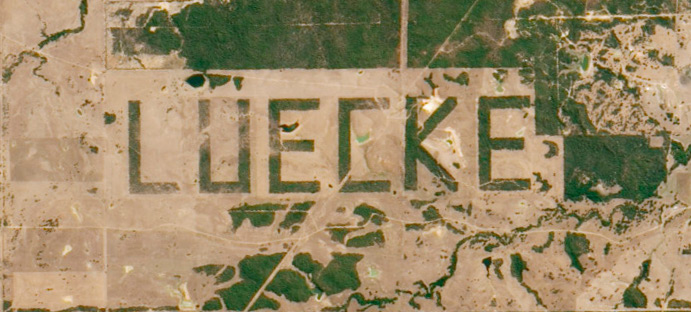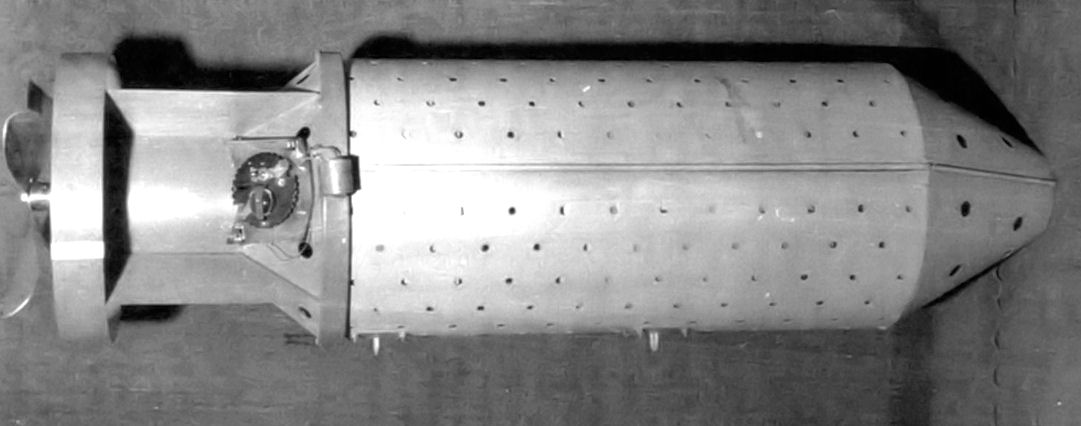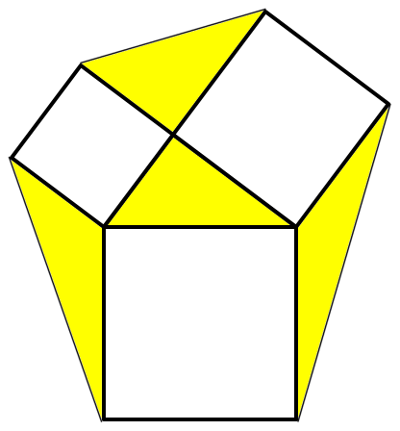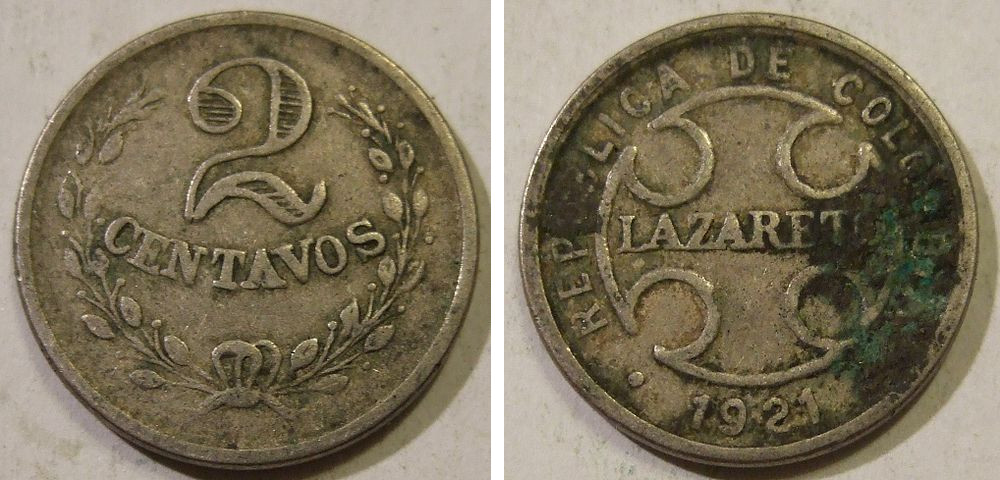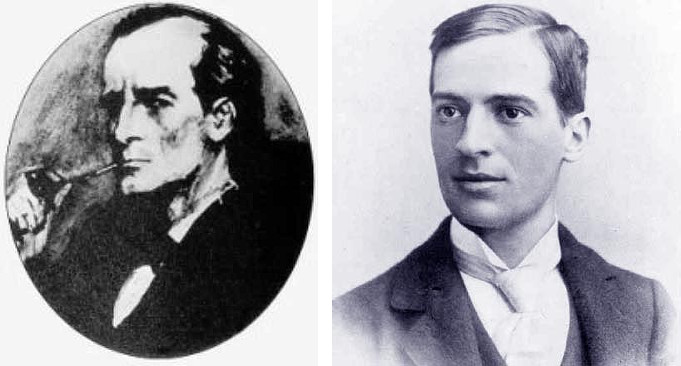
Disguises adopted by Sherlock Holmes:
- “Captain Basil” (“The Adventure of Black Peter”)
- “a common loafer” (“The Beryl Coronet”)
- a rakish young plumber named Escott (“Charles Augustus Milverton”)
- a venerable Italian priest (“The Final Problem”)
- an elderly, deformed bibliophile (“The Empty House”)
- a French ouvrier (“The Disappearance of Lady Frances Carfax”)
- a workman looking for a job, described as “an old sporting man” (“The Mazarin Stone”)
- an old woman (“The Mazarin Stone”)
- a “drunken-looking groom” (“A Scandal in Bohemia”)
- an “amiable and simple-minded” Nonconformist clergyman (“A Scandal in Bohemia”)
- a sailor (The Sign of the Four)
- an asthmatic old master mariner (The Sign of the Four)
- a doddering opium smoker (“The Man With the Twisted Lip”)
- Mr. Harris, an accountant (“The Stock-Broker’s Clerk”)
- a registration agent (“The Crooked Man”)
- a Norwegian explorer named Sigerson (“The Empty House”)
- an Irish-American spy named Altamont (“His Last Bow”)
In 1895 the Brooklyn Chess Club sent young Harry Nelson Pillsbury to England to compete in the great tournament at Hastings. He took first prize but never matched this early success and died in 1906. “Nobody can understand this sudden flash of greatness,” wrote New York Times music critic Harold Schonberg. “A twenty-two-year-old unknown licked the cream of Europe’s experts, trouncing such formidable masters as Lasker, Tarrasch, Tchigorin, Gunsberg and Mieses.” Schonberg suggested that the mystery is easily solved if the victor at Hastings was not Pillsbury but “the finest analytical mind in Europe, the mind of one who had genius, infinite capacity for concentration, and a brilliant insight into chess. Suppose that it was Sherlock Holmes, the master of disguise, who impersonated Pillsbury at Hastings, letting Pillsbury, on his own after that, sink to his normal level.”
(From The Annotated Sherlock Holmes, 1975, and The New Annotated Sherlock Holmes, 2007.)

